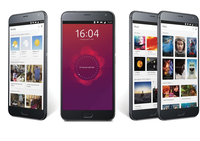Pro Phone
Meizu is well known for its generously equipped smartphones and excellent workmanship. The previous generation, Meizu MX4, was also a powerful device that ran with Ubuntu. However, inadequate software support prevented the MX4 from realizing its full potential. With the release of the Pro 5, do things work better this time around?






